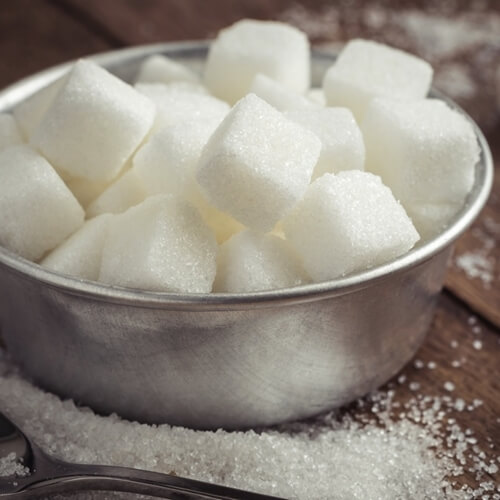Using Lilac Sugar To Spruce Up Your Spring Baking
April showers bring May flowers. Springtime is marked by the sweet smell of flowers in bloom, a scent culinary arts students are eager to replicate in their own baking. Bakers have long been infusing rose and lavender into their creations. Now, one of the hottest trends in culinary arts is incorporating lilac sugar.
How to make lilac sugar
The key to creating a lilac sugar that really pops with flavor is to choose freshly bloomed, fragrant and pesticide-free petals. Honest Baking recommended layering granulated sugar in a mason jar with the lilac petals and storing it in a dark, but dry, place. Bakers should shake the mixture on a daily basis and remove the jar from storage once the sugar has completely dried. Strain the petals from the sugar and culinary arts students will be ready to start baking.
“Add some extra flavor to donuts with lilac sugar.”
Lilac sugar donuts
Baking and pastry arts students are always trying to reinvent the wheel. Breakfast is a meal that has become even more popular in years past as brunch restaurants have started popping up everywhere.
To incorporate extra flavor to a breakfast staple, donuts, add some lilac sugar. After combining the ingredients – lukewarm water, kosher salt, active dry yeast, whisked large eggs, honey, unsalted butter and all-purpose flour – allow the mix to sit at room temperature for a few hours before refrigerating for no less than three hours and no more than five days, according to Hummingbird High. Arrange the dough into donut shapes, deep fry and dip in the bowl of lilac sugar as the still-warm donut is cooling down.
Pound cake
For a sweet dessert, add lilac sugar along with lemon zest to a pound cake. Not only will bakers include the item in the cake mix itself, they will also incorporate it into the glaze to add even more flavor. After ensuring the batter has no lumps or bumps, bake the cake for 60 to 70 minutes at 350 degrees, according to Sweet Si Bon. The glaze is made from simply stirring lemon juice and lilac sugar together until the latter has dissolved completely. Brush the mixture onto the warm cake and allow it to cool before serving.
Coconut cream tarts
Sticking with dessert, combine sweet and sour with coconut shortbread tarts filled with coconut lilac cream filling. Culinary arts students can either purchase the shells or make them on their own, depending on their expertise. The filling uses lilac-infused milk mixed with sugar, cornstarch, salt and a couple of egg yolks. After combining the elements, bakers should whisk the mixture and cook it over medium-high heat until it’s bubbling, PBS recommended. This creates a custard that can then be added to the tart shells with a bit of coconut and vanilla.
Lilac sugar adds a refreshing taste to baked goods, whether they’re for breakfast, lunch or dinner. Since the item is so easy to make, culinary arts students can experiment, improving the flavor profile of their new concoctions.



